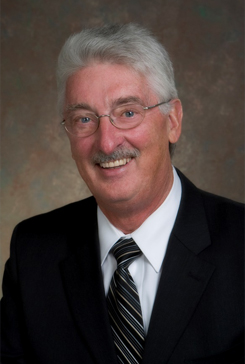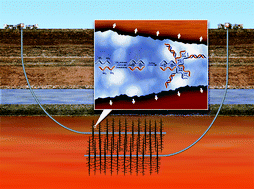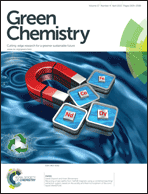 Professor Richard P. Wool, a leading figure in the green chemistry community, sadly died on 24th March 2015. Richard Wool was Professor of Chemical and Biomolecular Engineering at the University of Delaware in the United States, and headed the Affordable Composites from Renewable Sources (ACRES), which carried out work to develop uses for bio-materials such as chicken feathers and soybeans to create a diversity of products from tractors to circuit boards to a synthetic fabric named Eco-Leather.
Professor Richard P. Wool, a leading figure in the green chemistry community, sadly died on 24th March 2015. Richard Wool was Professor of Chemical and Biomolecular Engineering at the University of Delaware in the United States, and headed the Affordable Composites from Renewable Sources (ACRES), which carried out work to develop uses for bio-materials such as chicken feathers and soybeans to create a diversity of products from tractors to circuit boards to a synthetic fabric named Eco-Leather.
After completing his Bachelors degree in Chemistry in his hometown of Cork, Professor Wool moved to Utah in the United States where he completed his Masters degree and Ph.D.. This is also where he started to build his illustrious career that focussed on improving materials synthesis in order to reduce the impact this may have on the environment and on human health. He received a number of accolades for his contribution to green chemistry, including the ACS Award for Affordable Green Chemistry, the U.S.A EPA’s Presidential Green Chemistry Challenge Award for his work in Sustainable Polymers and Composites and he became a Fellow of the Royal Society of Chemistry in January 2015.
Professor Wool was also a member of the Green Chemistry Advisory Board and his contribution to the journal and the community will be sincerely missed. Green Chemistry would like to send our deepest condolences to Richard Wool’s family and friends.
Credit: University of Delaware















